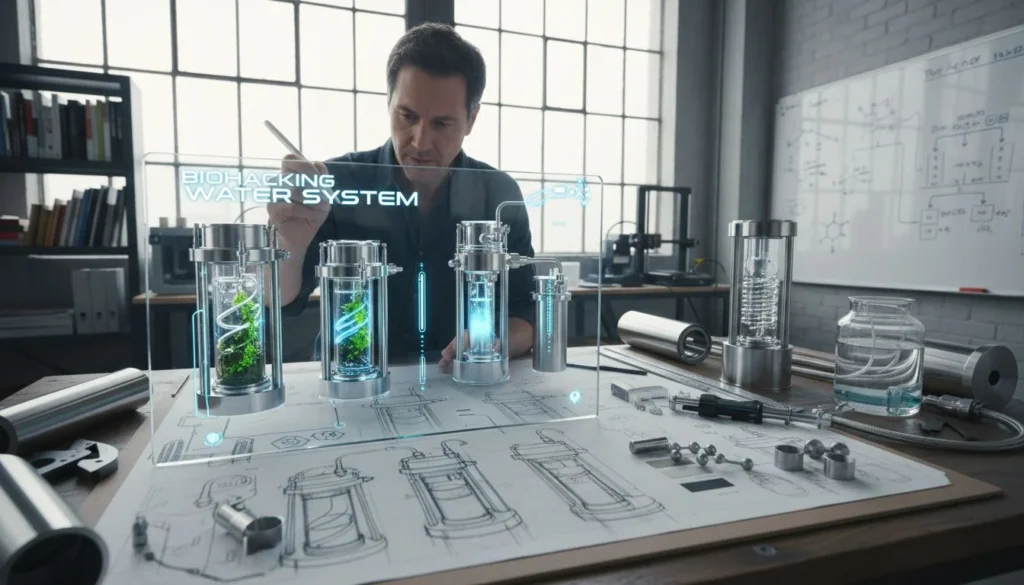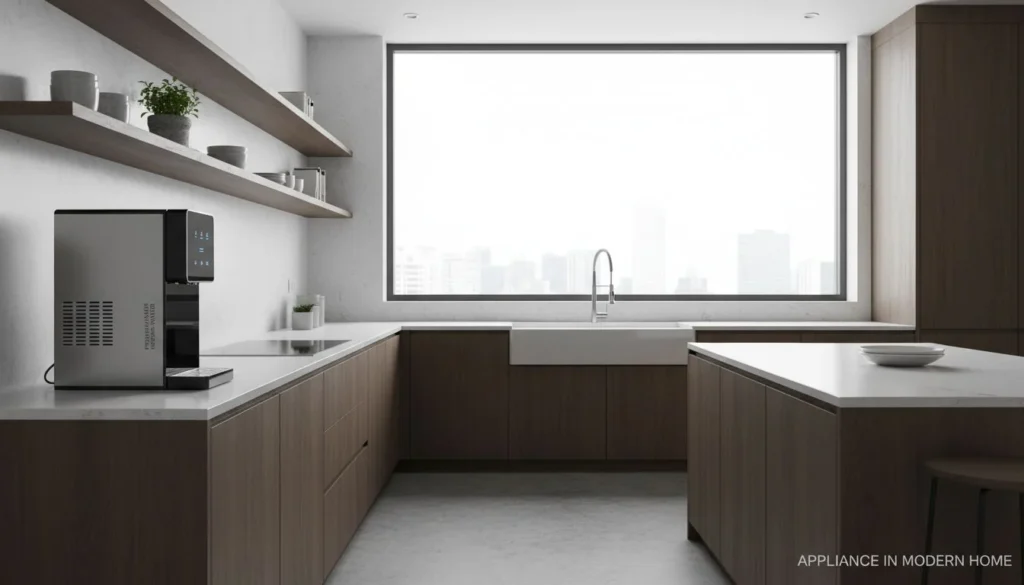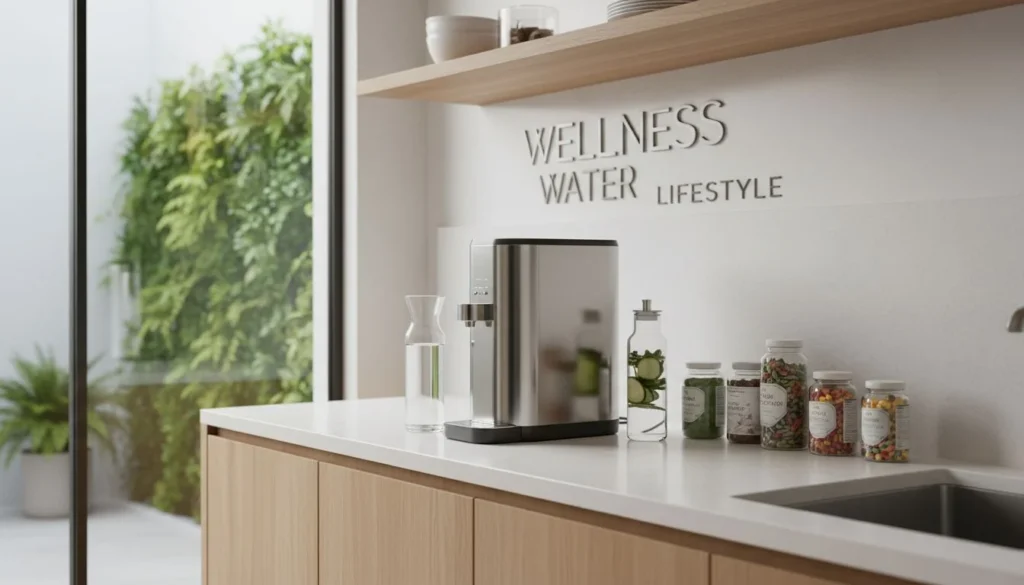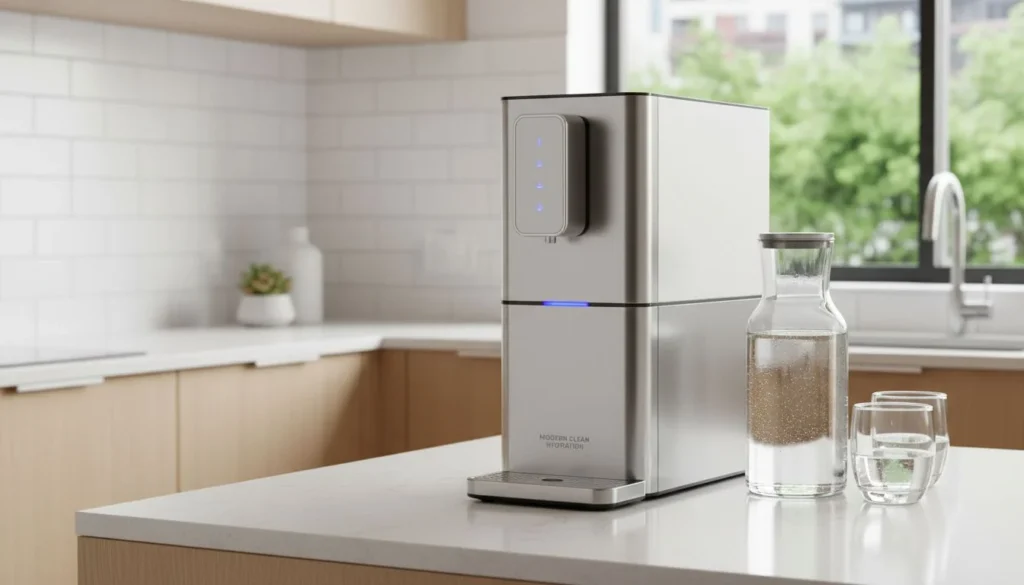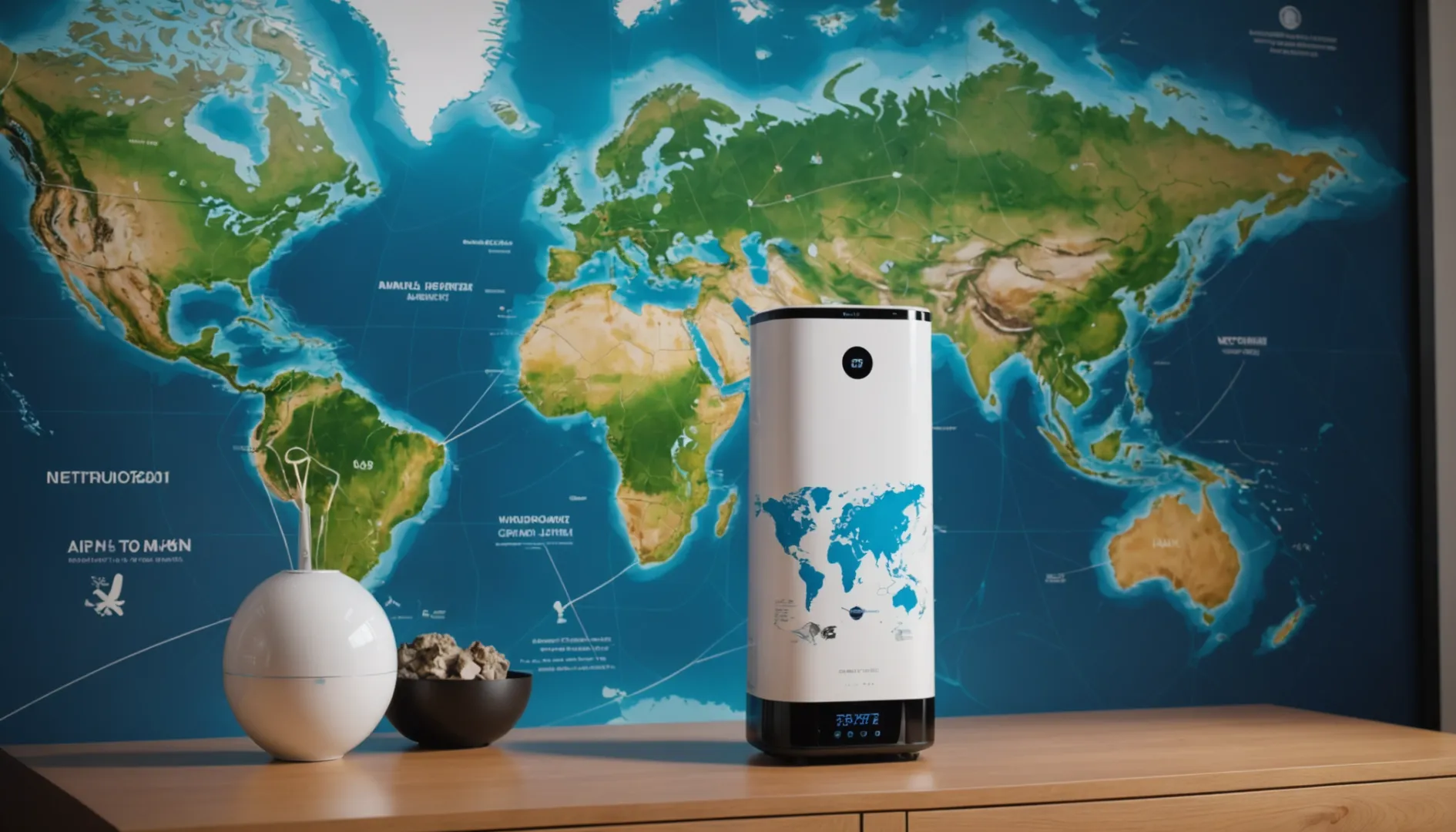
¿Recuerda la primera vez que sintió la necesidad de tener aire fresco y limpio? Por eso empecé a importar purificadores de aire.
Actualmente, la importación de purificadores de aire de China a EE.UU. está libre de aranceles hasta el 30 de mayo de 2025. Después de este período, los aranceles podrían aumentar a 25% o más, influenciados por las futuras políticas comerciales de EE.UU.. Se aconseja a los importadores que exploren estrategias de suministro alternativas.
Aunque esta exención actual supone un alivio temporal, conocer los posibles aranceles futuros es crucial para la planificación a largo plazo. Recuerdo estar sentado en mi mesa, calculadora en mano, haciendo números para averiguar cómo podrían afectar a mi negocio los cambios en los aranceles. Se trata de estar preparado. Descubra cómo sortear estos cambios y optimizar su estrategia de importación ante la evolución de la dinámica del comercio internacional. Tanto si se trata de trabajar con proveedores de Vietnam como de diversificar las opciones de abastecimiento, hay formas de ir por delante.
Los aranceles sobre los purificadores de aire de China a EE.UU. son actualmente nulos.Verdadero
Los purificadores de aire procedentes de China gozan de una exención arancelaria hasta el 30 de mayo de 2025.
Importar purificadores de aire de Vietnam evita futuros aranceles estadounidenses.Verdadero
Abastecerse en países como Vietnam puede mitigar futuros riesgos arancelarios.
¿Cómo pueden afectar los futuros aranceles a los costes de los purificadores de aire?
¿Recuerda la última vez que los aranceles sacudieron el mercado? Pues los purificadores de aire podrían ser los siguientes, y podrían afectarle más de cerca de lo que piensa.
Si en el futuro aumentan los aranceles sobre los purificadores de aire, los costes podrían dispararse hasta 60%. Esto probablemente elevaría los precios al consumo, a menos que los fabricantes adapten sus cadenas de suministro.
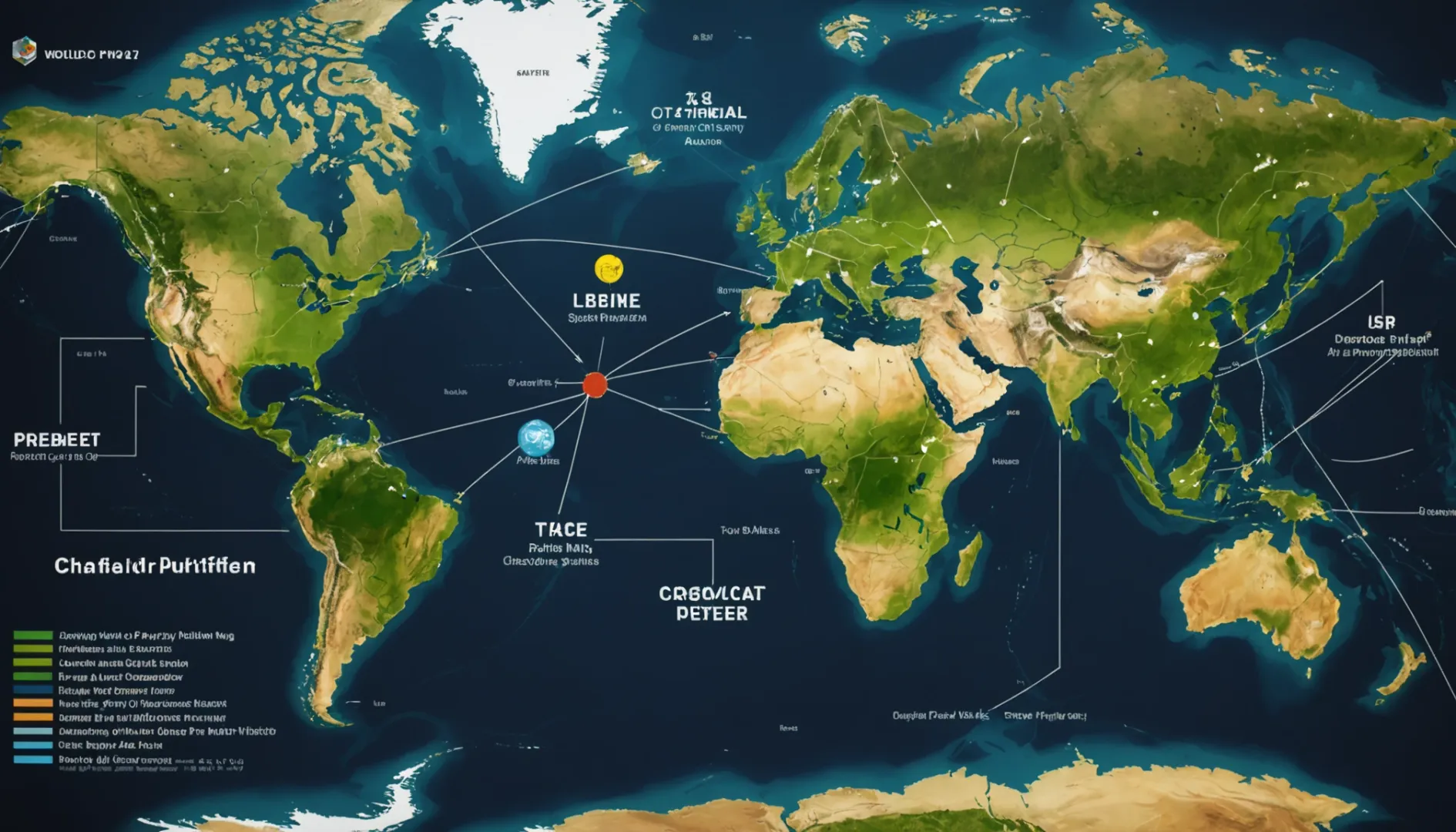
Exenciones arancelarias vigentes
Ahora mismo, comprar un purificador de aire es como un soplo de aire fresco para mi cartera, gracias a que Estados Unidos ha eximido de aranceles a las importaciones procedentes de China hasta el 30 de mayo de 2025. Recuerdo cuando compré mi primer purificador y me maravilló lo asequible que era. Pero, como todas las cosas buenas, puede que esto no dure para siempre. Los vientos políticos pueden cambiar de dirección más rápido de lo que yo cambio de opinión sobre los planes de fin de semana.
Posibles subidas de aranceles y su impacto
Ya me estoy preparando para la sorpresa si las tarifas suben a 60% tras la exención. Es como esperar una tormenta después de un día soleado: un golpe de realidad para los consumidores que, como yo, aman el aire limpio pero odian pagar más por él. Si esto ocurre, mi sueño de actualizarme a un nuevo modelo podría tener que esperar.
Estrategias de los fabricantes para mitigar los costes
He leído que los fabricantes se están planteando trasladar la producción a lugares como Vietnam o México. Me recuerda a cómo una vez cambié de gimnasio para ahorrar dinero sin comprometer la calidad. Esta estrategia cambio en la cadena de suministro1 podría mantener los precios estables, y estoy a favor si eso significa no romper el banco.
Alternativas a las importaciones chinas
Explorar las importaciones de la India o Alemania suena intrigante, aunque me preocupa la rentabilidad y los avances tecnológicos. Comprar en Estados Unidos es otra opción, pero me recuerda a cuando intenté hacer pan en casa: es posible, pero más caro y no tan bueno.
Prepararse para los cambios económicos
En este panorama cambiante, mantenerse informado es como prepararse para una tormenta de invierno: esencial y prudente. Tanto si se trata de estar atenta a los cambios políticos como de considerar opciones flexibles, estoy preparada para adaptarme y garantizar que mi aire siga siendo tan puro como mis intenciones. Ser proactivo es mi plan para afrontar cualquier reto que se me presente.
Los purificadores de aire procedentes de China tendrán arancel cero hasta mayo de 2025.Verdadero
Actualmente, los purificadores de aire están exentos de aranceles hasta mayo de 2025.
Después de mayo de 2025, los aranceles sobre los purificadores de aire serán de 60%.Falso
Las tarifas pueden subir hasta 25% o incluso 60%, según las políticas.
¿Qué son las estrategias alternativas de la cadena de suministro?
¿Alguna vez se ha preguntado cómo las empresas mantienen sus cadenas de suministro en perfecto funcionamiento a pesar de los contratiempos mundiales, como las guerras comerciales y los aranceles? He aquí cómo lo hacen.
Las estrategias alternativas de la cadena de suministro, como la diversificación de proveedores, la deslocalización y el uso de la tecnología para mejorar las previsiones, ayudan a las empresas a gestionar los riesgos derivados de las tensiones geopolíticas y las interrupciones del suministro. Estos enfoques garantizan un funcionamiento más fluido de las operaciones, incluso en tiempos difíciles.
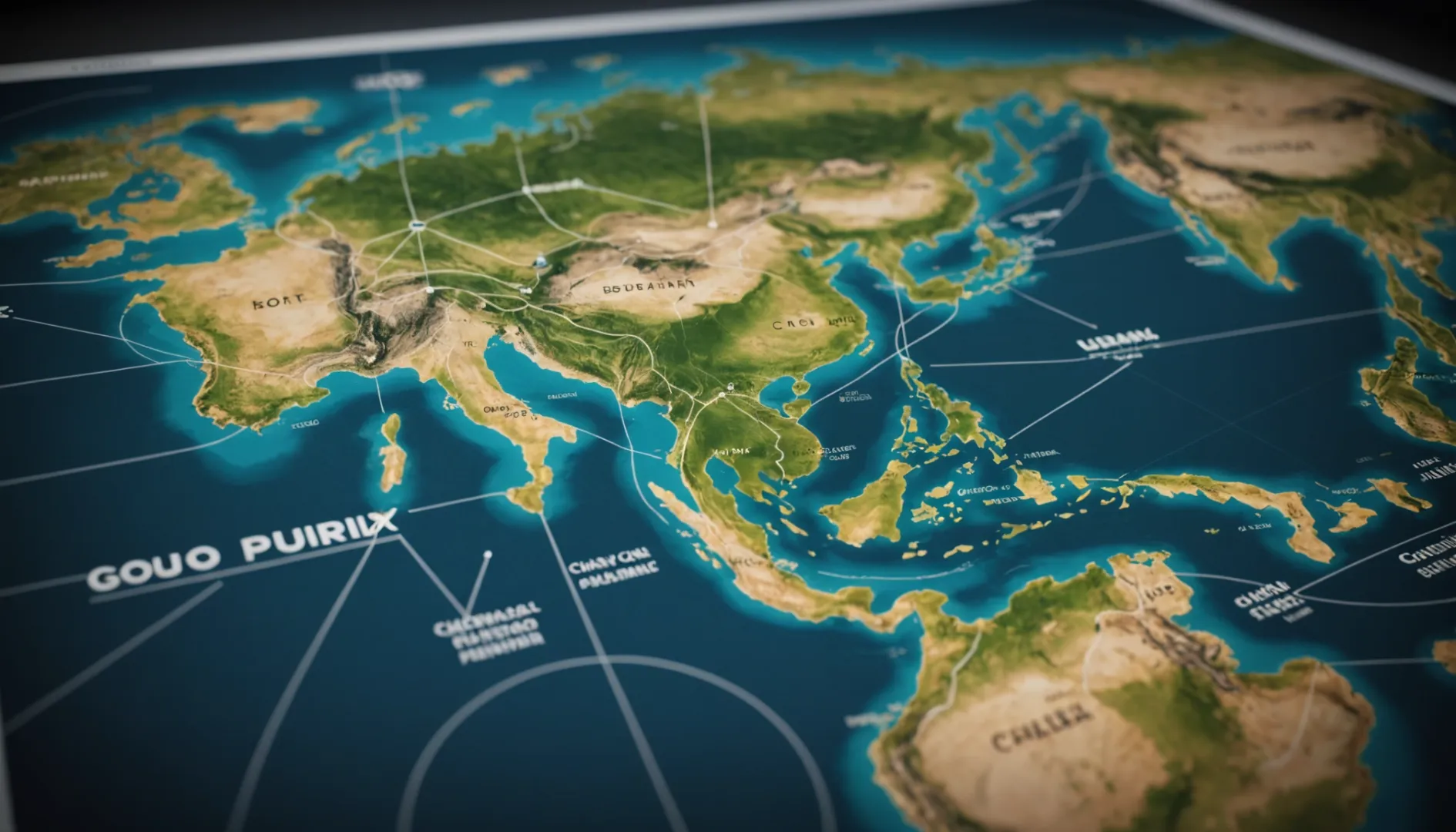
Diversificación de proveedores
Recuerdo la primera vez que tuve que replantearme mi estrategia de la cadena de suministro. Fue un momento angustioso. ¿Y si una repentina subida de aranceles lo desequilibraba todo? Fue entonces cuando me di cuenta de la importancia de diversificar los proveedores. Al abastecerme en varios países, podía reducir mi dependencia de una sola nación. Por ejemplo, si mi principal proveedor estaba en China, explorar opciones de fabricación en Vietnam o Tailandia2 parecía una medida inteligente para protegerse de los cambios arancelarios o los conflictos comerciales.
Nearshoring y Onshoring
El concepto de nearshoring me resonó durante una de esas largas noches mirando hojas de cálculo de logística. Acercar las operaciones a casa podría reducir drásticamente los costes logísticos y aumentar la eficiencia. El onshoring va un paso más allá y deslocaliza la producción por completo. Por ejemplo, las empresas estadounidenses pueden considerar la posibilidad de establecer la fabricación en México o incluso en el propio país, lo que puede reducir significativamente los plazos de entrega y reforzar la eficiencia. resistencia de la cadena de suministro3.
Asociaciones y alianzas estratégicas
En mi trayectoria, la formación de asociaciones estratégicas cambió las reglas del juego. Al colaborar con proveedores y partes interesadas clave, obtuve la flexibilidad necesaria para responder con rapidez a los cambios del mercado. Estas alianzas no sólo me ofrecieron recursos y conocimientos compartidos, sino que también me abrieron las puertas a nuevos mercados y tecnologías. Es inspirador ver cómo colaboraciones internacionales4 han prosperado en diversos sectores.
Aprovechar la tecnología
Adoptar la tecnología en la gestión de la cadena de suministro es como adentrarse en el futuro. Herramientas como los análisis basados en IA y blockchain proporcionan una visibilidad y una precisión de previsión sin precedentes. Estas innovaciones me permitieron anticiparme a las perturbaciones y adaptar mis estrategias de forma proactiva. Por ejemplo, tecnología blockchain5 ofrece un seguimiento transparente de las mercancías a lo largo de la cadena de suministro, lo que permite conocer en tiempo real los niveles de inventario y el estado de los envíos.
Ajustes en la gestión de existencias
Ajustar las prácticas de gestión de inventarios se convirtió en otra estrategia crucial. Tuve que decidir si mantener niveles de inventario más altos como amortiguador frente a las interrupciones o adoptar sistemas justo a tiempo que se basaran en una previsión más precisa de la demanda. Equilibrar los costes de mantenimiento con los niveles de servicio era clave para satisfacer sistemáticamente la demanda de los clientes sin acumular excesivas existencias.
Conclusión
Aunque cada estrategia tiene sus pros y sus contras, es fundamental que las empresas evalúen su situación particular y las condiciones del mercado para determinar el enfoque más adecuado. El objetivo final es construir una cadena de suministro resistente, capaz de soportar las interrupciones sin dejar de ofrecer valor a los clientes de forma eficaz.
El arancel vigente para los purificadores de aire chinos es 0%.Verdadero
Los purificadores de aire procedentes de China están exentos de aranceles hasta mayo de 2025.
Importar purificadores de aire de la India es más barato que de China.Falso
China tiene una cadena de suministro más sólida, lo que abarata los costes.
¿Debería plantearse importar de países distintos de China?
¿Se ha preguntado alguna vez si ha llegado el momento de extender sus alas más allá de China para importar?
En un mundo tan cambiante como el actual, es aconsejable explorar otras opciones de importación además de China. Países como Vietnam, India y México ofrecen alternativas que pueden ayudar a diversificar las cadenas de suministro y mitigar los riesgos, aunque equilibrar los costes y el acceso a la tecnología sigue siendo un reto.
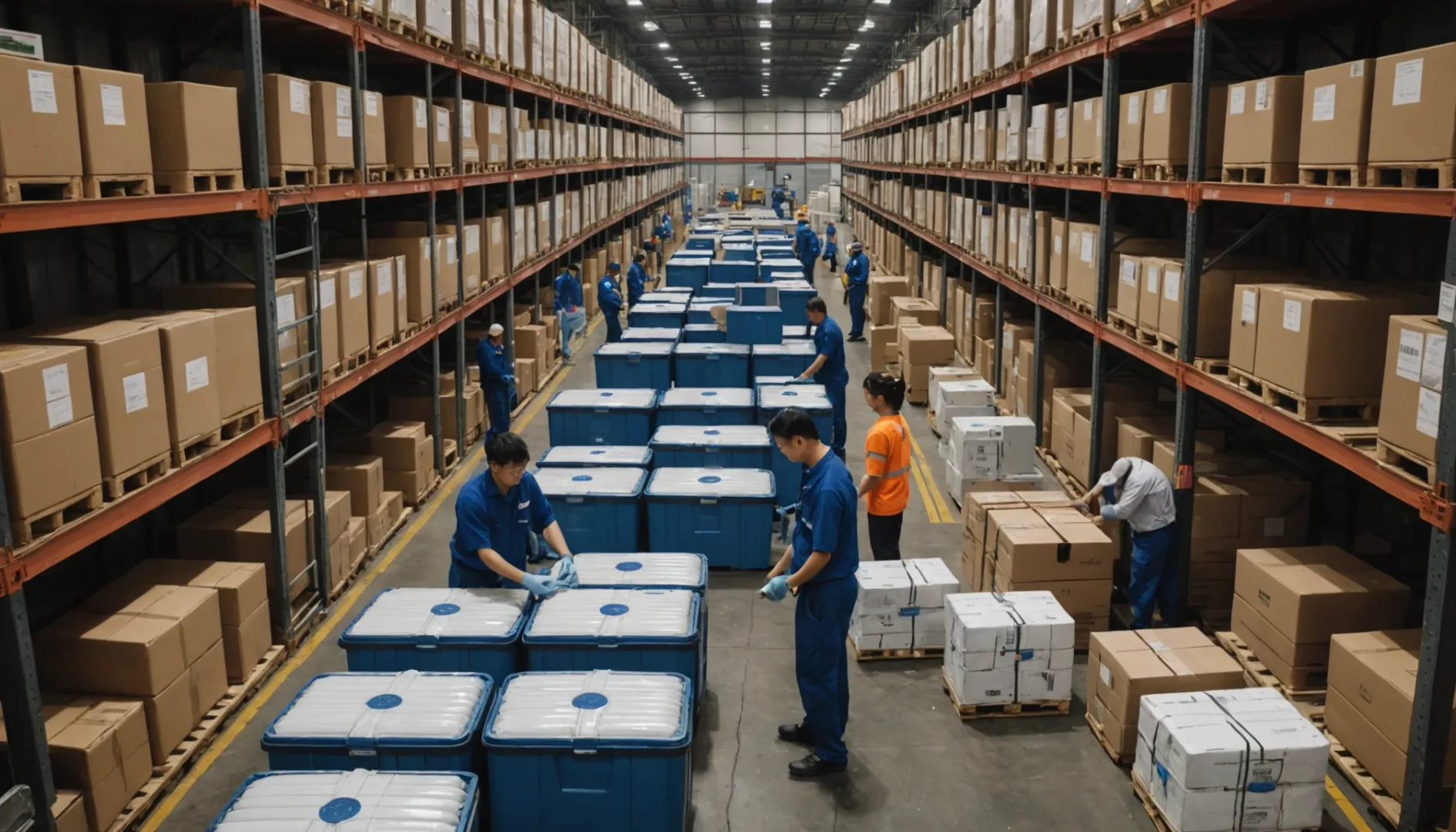
Evaluación de las implicaciones arancelarias
Imagínate esto: estás sentado en tu escritorio, tomando tu café matutino, cuando te topas con la noticia de que los aranceles sobre los purificadores de aire procedentes de China podrían dispararse a partir de 2025. Ahora mismo, todo va sobre ruedas con aranceles cero hasta mayo de 2025, pero ¿quién sabe lo que nos deparará el futuro? Es como planear un picnic y esperar que no llueva. Me di cuenta de que anticiparse a estos cambios es tan crucial como comprobar el tiempo antes de salir. Explorar la tarifa6 escenarios podrían ser el paraguas que necesitamos.
Diversificación de las cadenas de suministro
Siempre he creído que no hay que poner todos los huevos en la misma cesta. Cuando oía hablar de empresas que trasladaban la producción a lugares como Vietnam o Tailandia, pensaba: "¡Es una decisión inteligente!". Imagínese Apple se instala7 en Vietnam: es como encontrar una joya escondida en una búsqueda del tesoro. Este cambio proporciona una red de seguridad contra posibles guerras comerciales, ofreciendo una cadena de suministro más adaptable. Es como tener un plan de seguridad que realmente funciona.
Equilibrio entre costes y tecnología
Aventurarse a importar a países como India o México es como caminar por la cuerda floja. Por un lado, existe la posibilidad de ahorrar costes; por otro, el riesgo de perderse la tecnología punta de China. Es el clásico juego de equilibrios. Y admitámoslo, la innovación china, especialmente en electrónica, es como el último smartphone que todo el mundo quiere tener en sus manos.
El dilema del aprovisionamiento local
También está la idea de abastecerse localmente dentro de EE.UU. Suena atractivo: ¡se acabaron los problemas de importación! Pero al profundizar en el tema, descubrí que conlleva sus propios retos, como unos costes más elevados. Es como elegir entre comodidad y presupuesto a la hora de hacer la compra. Entendiendo impacto de la producción local8 puede ayudarme a decidir si se ajusta a mis objetivos empresariales.
En este panorama global en constante cambio, sopesar estos factores me ayuda a tomar decisiones informadas sobre mi estrategia de cadena de suministro. ¿Quién iba a decir que importar podía ser una aventura?
El arancel sobre los purificadores de aire chinos es de 0% hasta mayo de 2025.Verdadero
Actualmente, los purificadores de aire procedentes de China están exentos de los aranceles estadounidenses hasta mayo de 2025.
Importar purificadores de aire de Vietnam evita futuros aranceles.Verdadero
Abastecerse en Vietnam puede eludir posibles incrementos arancelarios entre Estados Unidos y China.
¿Por qué debería comprar purificadores de aire en EE.UU.?
¿Recuerda aquella vez que necesitó un purificador de aire rápidamente? Comprar localmente podría salvarte el día.
Cuando compro purificadores de aire en EE.UU., disfruto de ventajas como impulsar nuestra economía local, tener los productos en mis manos inmediatamente y recibir un servicio de atención al cliente estelar. Además, evito la imprevisibilidad de las importaciones internacionales, lo que garantiza precios constantes y tecnología de vanguardia sin esperas.

Apoyo a las empresas locales
Recuerdo cuando entraba en la tienda de mi barrio y la sensación de apoyar un negocio local es inigualable. Cada compra ayuda a mantener el sueño de alguien y mantiene viva nuestra comunidad. Es como formar parte de una gran familia en la que todos nos cuidamos mutuamente. Además, algunas tiendas locales ofrecen artículos únicos o incluso opciones personalizables9 que las grandes cadenas no tienen.
Disponibilidad inmediata
Una vez, durante la temporada de incendios forestales, la calidad del aire cayó en picado de la noche a la mañana. Por suerte, sabía que podía contar con una tienda local que tenía purificadores de aire en stock. Sin esperas ni retrasos, cogí lo que necesitaba de inmediato y me sentí preparada para cualquier cosa.
Mejor atención al cliente
No hay nada como charlar con el personal de la tienda, que conoce a la perfección los productos que vende. Cuando necesité consejo sobre qué modelo era el mejor para mi casa, me ayudaron con sus ideas y recomendaciones. Es un consuelo saber que puedo volver si tengo preguntas sobre sustitución de filtros10 o mantenimiento.
Estabilidad en medio de la incertidumbre comercial
Con las tensiones comerciales que se avecinan, comprar localmente ofrece tranquilidad. No tiene que preocuparse por subidas repentinas de precios debidas a aranceles. Apoyar a empresas con sede en Estados Unidos significa disfrutar de precios estables y evitar la imprevisibilidad internacional.
Acceso a tecnología avanzada
Es emocionante ver cómo los fabricantes estadounidenses están dando un paso adelante en la tecnología de purificadores de aire. Al comprar en mi país, no solo adquiero un gran producto, sino que apoyo soluciones innovadoras que apuestan por la sostenibilidad y los sistemas de filtración avanzados.
Construir prácticas sostenibles
Optar por la compra local también está en consonancia con mis valores de reducción de la huella de carbono. Menos transporte significa menos emisiones. Además, cuando los fabricantes locales se centran en prácticas sostenibles11Me siento bien sabiendo que mis decisiones ayudan al medio ambiente. Se trata de tomar decisiones conscientes que estén en consonancia con lo que más me importa.
Los aranceles sobre los purificadores de aire de China a EE.UU. son actualmente nulos.Verdadero
Hasta el 30 de mayo de 2025, la importación de purificadores de aire de China estará exenta de aranceles.
Los purificadores de aire fabricados en EE.UU. son más baratos que los importados.Falso
La producción local suele incurrir en costes más elevados que las importaciones debido a los aranceles.
Conclusión
La importación de purificadores de aire de China a EE.UU. está libre de aranceles hasta el 30 de mayo de 2025. En el futuro, los aranceles podrían aumentar significativamente, lo que llevaría a los importadores a considerar estrategias de abastecimiento alternativas.
-
Sepa cómo se adaptan las empresas para evitar el aumento de los costes arancelarios. ↩
-
Sepa por qué Vietnam o Tailandia son estratégicos para diversificar las cadenas de suministro. ↩
-
Descubra cómo el nearshoring puede mejorar la resistencia de la cadena de suministro. ↩
-
Explorar colaboraciones internacionales de éxito que potenciaron el crecimiento empresarial. ↩
-
Comprenda cómo la tecnología blockchain mejora la transparencia en las cadenas de suministro. ↩
-
Manténgase al día sobre los cambios arancelarios que afectan a los costes de importación desde China. ↩
-
Entender por qué las grandes empresas están cambiando los lugares de producción. ↩
-
Explore las ventajas e inconvenientes de abastecerse localmente. ↩
-
Explore las opciones personalizables que puedan ofrecer las tiendas locales. ↩
-
Obtenga orientación sobre el mantenimiento eficaz de su purificador de aire. ↩
-
Conozca los procesos de fabricación respetuosos con el medio ambiente. ↩


